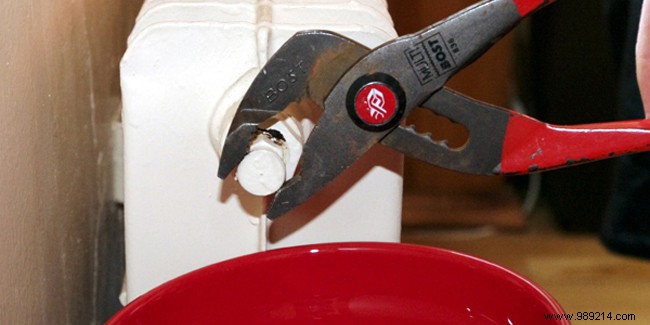
The radiator is the relay between the boiler and your interior. This is what will heat your home. But it happens that the heat it diffuses is no longer uniform. In this case, purging may be necessary. Indeed, over time, the air ends up infiltrating the pipes and pipes, which will considerably reduce the quantity of heated water.
Purging is mandatory, at least once a year, more if you have a house with many rooms to heat. Long pipes favor the formation of air and this is unavoidable. You can also check the efficiency of your radiator. Once turned on, if the upper and lower parts of the radiator remain cold, or if the entire radiator does not heat up at all, you should consider bleeding it. There are also unmistakable signs. If your radiator is whistling, it means the presence of air which is causing uneven heating. Be careful because too much air will generate high pressure, which may cause your radiator to explode.
Purging isn't rocket science. You just need to have the right DIY tools. Provide a purge key depending on the purge head. On most models, a pair of pliers is sufficient. The purge will extract a relatively large amount of water. It is important to provide a bucket to collect it. Also work on a clean surface, this will save you extra work. The water may be hot. In this case, protect yourself with sufficiently thick gloves.
Check the condition of your heating before winter arrives. Carry out maintenance, ideally, in the fall. Before purging, be sure to check that your heating is off. Take a margin for the water to cool down, if it was on. Open the purge head gently and gradually to avoid splashing. It is the air that will come out first. Always put on your gloves to avoid burns.
As you open the valve, a hissing noise will occur, which is completely normal. The hiss will decrease and the water will eventually flow. Leave the valve open for a while, until the flow of water is perfect and homogeneous. Collect the water with the bucket. Once the purge is complete, close the screw. It's time to complete your circuit. Operate the filler screw and check the pressure. This is between 1 and 2 bars depending on your home. A house requires more pressure than an apartment. All you have to do is restart your heating.
Check that the purge head is sealed. If there are small leaks, tighten it a little more. Don't forget that the heating item is one of the most important in your budget. If it is not up to date, your bill may skyrocket. Bleeding is a simple gesture that any handyman can perform. If after purging your radiator still isn't delivering the ideal heat, the problem may be bigger. In this case, remember to have your heating checked by a professional.